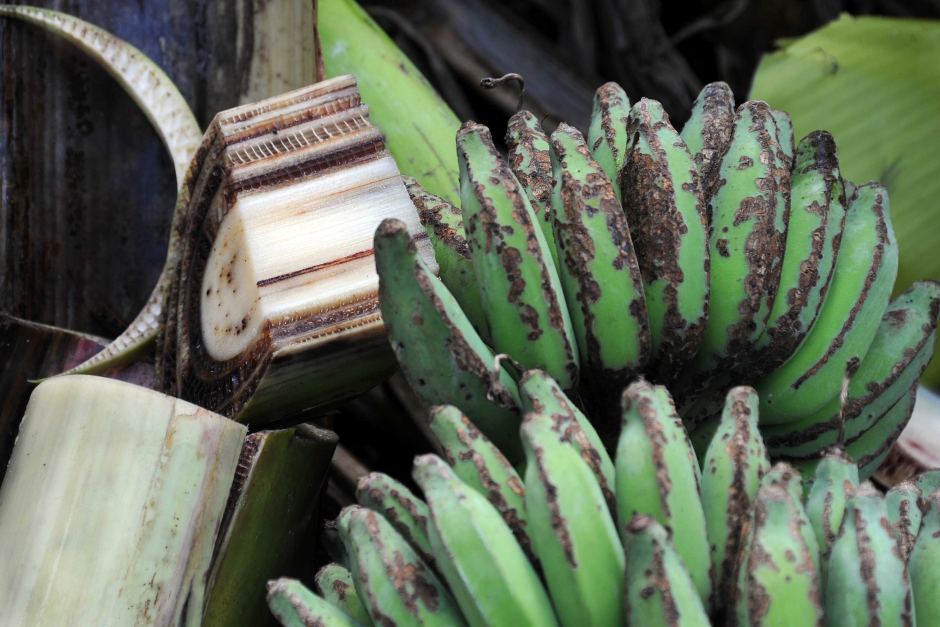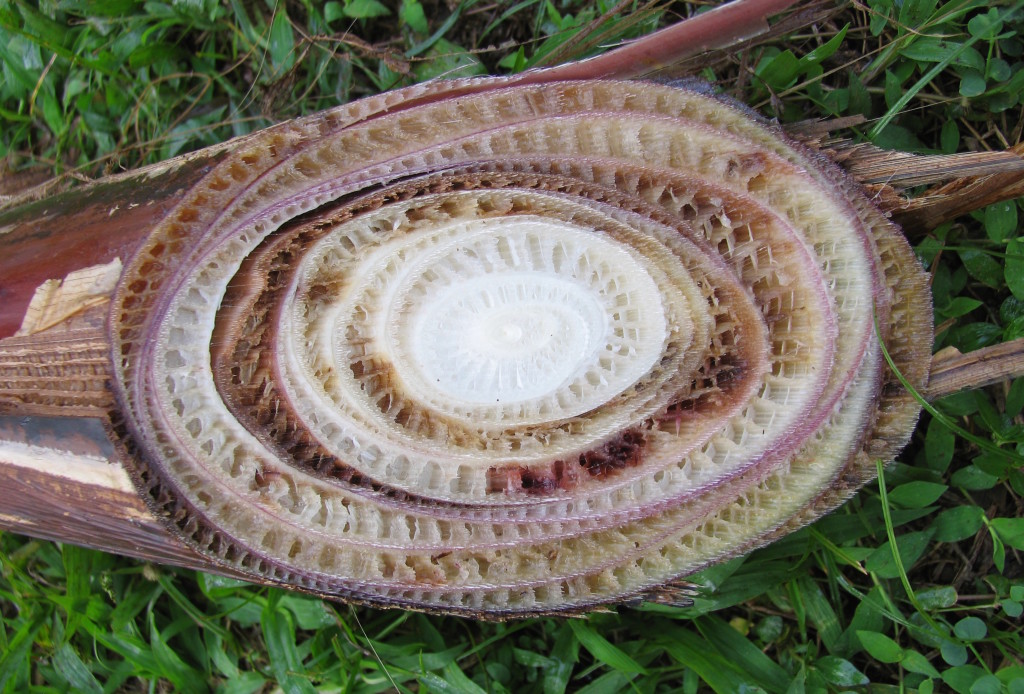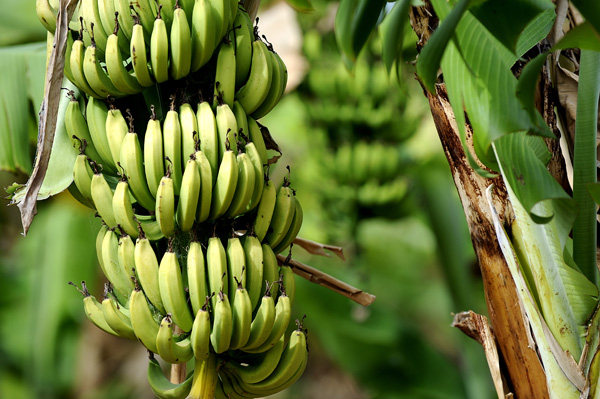It’s heartbreaking, but the world’s most popular fruit may be on the verge of extinction.
Around the 1960s, the world’s most popular banana, called the Gros Michel, disappeared from the planet following an epidemic of Panama Disease. Panama Disease is a lethal, banana-plant-killing fungus that first appeared in Southeast Asia in the late 1800s. The damage was so great that it went extinct in only a few decades.
The Problem

Photo courtesy of abc.net.au
Fortunately for our generation, scientists discovered a banana cultivar that was resistant to that particular strain of the disease, called the Cavendish, which represents 99% of bananas in today’s market. Although scientists were able to offer us the new bananas, it was only a temporary solution. A new strain of Panama Disease is back and stronger than ever – and there is no way to stop it.
The Evidence

Photo courtesy of daf.qld.gov.au
Agricultural specialists have confirmed that dying banana plants around the world are suffering from the same disease. This new strain of Panama Disease is a more potent mutation of the disease, which is why it can kill the banana breed that its predecessor couldn’t.
The greatest reasons the disease is such a threat is the way most commercial bananas are grown – through monoculture and cloning. These methods help major companies grow and sell massive quantities of bananas with very few imperfections. However, since bananas can’t sexually reproduce (they are all clones of each other), they can’t evolve (like survival of the fittest). This, plus a lack of variety, leaves bananas vulnerable to disease.
How Will This Affect Us?

Photo courtesy of australiascoralcoast.com
So should we all sprint to Whole Foods to stock our pantries with bananas? Nah, we can wait a while. We still have plenty of time to make chocolate chip banana pancakes, peanut butter & jelly banana boats, and for anyone who’s adventurous enough, banana and Nutella spring rolls.
Chances are, scientists will find a new breed of banana that is resistant to the new strain of Panama Disease. Until banana producers change production ways for bananas (i.e., stop cloning the plants), this will inevitably happen again with a new strain of disease attacking the plants 50 years from now.


